What is MTA?
A mail server contains a couple of titles: mail module, mail modem, web mailer. But the MTA (Mail Transfer Agent) is the most prevalent alias. It may include a mail transfer agent, a message transfer agent, or a mail transport agent. Irrespective of the initials you utilize, MTAs play an important role in the Online message handling process. They transfer e-mail texts between clients. They transfer email texts between customers. This blog post will discover how MTAs work, what impact they have on sending emails, and several other related issues.
A message application sends mails to an email system on a network like the internet, transmitting texts to the appropriate address (other customers). The mail server allows a network framework called Mail Transfer Agent (MTA).
Definition of MTA
An MTA is an implementation that sends and communicates email messages from one base station on a channel to the next. It utilizes a protocol named as the SMTP (Simple Mail Transfer Protocol) protocol to conduct its tasks.
There is an email service on the communication link used to send and receive information to or from the email system; an email customer also uses the SMTP protocol, but it is not inherently a Mail transfer agent.
MTAs are placed on a web server, and electronic mail customers such as Evolution, Mozilla Thunderbird, Apple Mail, and Microsoft Outlook are configured on a terminal emulator (client computer).
In this editorial, we’re going to look at a list of the finest and most widely used MTAs on Linux web servers.
Working of a Mail transfer agent
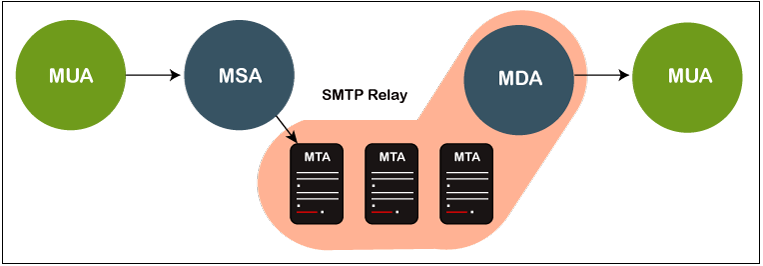
The MTA is just a part of the mailing ordering process. It receives a message from the messages submitting agent (MSA) who, in the switch, obtains it from the mail user agent (MUA). The MUA is typically referred to as a mail program – an app that you utilize to manage email-related material.
The signal enters the equation once the MTA receives the text message. As a result, mail user authorities are repeatedly alluded to as mail transceivers. If the recipient cannot reach different regions, the email can be forwarded to other MTAs. Then it happens to the mail carrier (MDA).
This will be the last e-mail to slow down before it can be supplied to the participant’s inbox. Emails are sent via SMTP (or extensive SMTP) and are used for the final phase (MDA to MUA) or IMAP4 POP3. For further information on the distinctions among these communication systems, interpret SMTP vs. POP3 vs. IMAP.
To summarize, the MTAs do the below-given thing:
- Recognize the e-mails sent by the mail user agent.
- Request MX registers and choose an email system to transmit emails.
- Send auto-response texts if the address struggled to meet the location.
Mail queuing up in the MTA
Typically, MTAs utilize a store-and-forward message managing framework. It means that the departing mail is placed in a waiting line and is waiting for the beneficiary’s response message. The MTA will repeatedly try sending messages. If the mail is not shipped during the specified period, it will be brought back to the terminal emulator.
Does MTA affect on email delivery?
There are three key factors on which email delivery is premised:
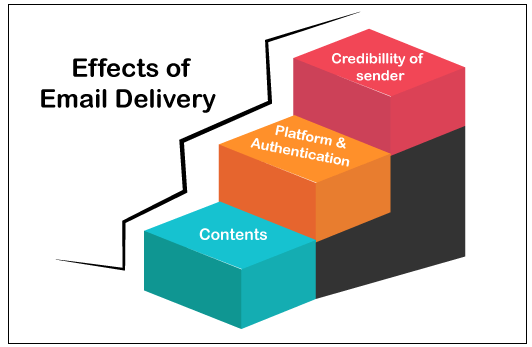
- The Credibility of the sender
- Platform & Authentication
- Contents
The public image of the domain and the Destination IP from which the message is sent is the most crucial factor. When obtaining email providers, the recipient is unreliable; all email addresses will finish up in the junk folder or even recover quickly. MTAs can defend and damage the credibility of the recipient. That’s why they have a significant effect on email delivery. Let’s check out precisely what the mail transfer agents can do to develop your legitimacy.
Warm-up an entirely new IP (Internet Protocol) address
If you establish your credibility from the ground up, you should not utilize your pure Domain name at heavy power. It doesn’t have an email mailing past, so it requires some warming up. The MTA will have you do it and then gradually increase your mailing ability. The use of cold IP addresses may also be an alternative. You can journey email messages to chilly Ip addresses with very low rates, and MATs are deemed necessary to align those restrictions.
Setup mail sending streams
Each obtaining domain establishes its incoming mail restrictions. If they are surpassed, the domain controller may be recognized as unreliable. You can customize your MTA to restrict mailing to mitigate adaptively. So, in the event of disapproval from the recipient domain, the MTA (mail transfer agent) will stop the email waiting list. The Mailing will continue pushing at a slightly slower pace after a rear time frame. It will assist in protecting the public image of your domain and IP (Internet Protocol).
Breaking the gray list
Having on a ban list is a significant complaint with the credibility of the recipient. Greylisting is a kind of precautionary measure utilized by some email services. It’s a scanner that a genuine sender can get through much smoother than a ban list. For this purpose, the MTA organizes multiple waiting lists and makes multiple tries to send a text message when it is rebounded. In addition to the above characteristics, the MTAs enable you to do a lot extra. You can utilize them to configure e-mail mapping and mapping guidelines, regulate the quality of departing mail, and more.
In this blog post, we will look at a list of the finest and most widely utilized MTAs on Ubuntu email providers.
1. Postfix

Postfix is a cross-platform, famous MTA designed and manufactured by Wietse Zweitze Venema for his email system while operating at the IBM Technology Department.
It was chiefly introduced as an option to the widely-known and standard Send mail MTA. Postfix run on Mac OSX, Linux, Solaris, and many other Unix-like operating systems. It appropriates many Send mail features around, but it has a completely and exhaustively distinguishable internal operation. In relation, it aims to be rapid in productivity with convenient architectures and a comprehensive security framework and has the following main characteristics:
- Monitoring of junk mail
- Provides numerous protocols;
- Supporting Mailbox Database
- Address deception endorse and much more
Check out the website: http://www.postfix.org
2. Sendmail

Sendmail today, classified as Proofpoint (after Proofpoint, Inc obtained Sendmail, Corporation), is by far the most successful and the ancient MTA on the Linux database server. Sendmail, however, has several restrictions as compared to modern MTAs.
Due to its complex installation guide and requirements and ineffective authentication methods, many new MTAs have put back as options to Sendmail. Still, most pertinently, they provide anything to do with a message on the network.
Check out the website: http://www.sendmail.com
3. Qmail
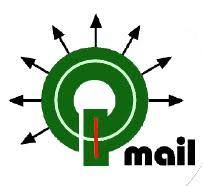
Qmail is another available, fully accessible, and standard Linux MTA, especially when compared to the other Mail transfer agents we’ve glanced at. More than that, it is easy, dependable, convenient, and offers a wide range of security devices, hence a protected MTA bundle.
It is comparatively small but wealthy in characteristics, and some of its functionalities require:
- Operates on numerous Unix-like software applications, such as Mac OSX, FreeBSD, Solaris, and many more.
- Fast and easy setup
- Fully automated installation per host
- Clear divergence of domain names, documents, and programs
- Total support to address organizations
- Allows each user to manage their email addresses
- Endorses a simple place to set up an email list
- Endorses VERP
- Provides dynamic preventative measures of loops for mailing lists
- Endorses ezmlm email list administrator
- There are no arbitrary lists endorsed, and many more
Check out the website: http://www.qmail.org
4. Exim
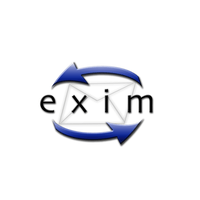
Exim is a free MTA established for Unix-like operating systems such As Linux, Solaris, Mac OSX, and many more. Exim provides a flexible design in data transmission, with exceptional processes and amenities for incoming mail tracking.
Its remarkable features involve, among many others:
- Not enable for the protocols POP and IMAP
- Endorses protocols such as RFC 2033 LMTP and RFC 2821 SMTP e-mail messages
- The system incorporates access control mechanisms, information inspecting, cryptography, routing controls, among others.
- Excellent documentary
- It has tools such as Lemonade, an array of IMAP and SMTP extensions to integrated communications messaging, plus many more.
Check out the website: http://www.exim.org
5. Alpine

Alpine is a convenient and simple Linux-based email client premised on the Pine messenger service. It performs well for beginners and power customers alike, so the customer can quickly understand how to utilize it via context-sensitive help.
Relevantly, it is infinitely configurable with the Alpine Configuration command.
Check out the website: https://www.washington.edu/alpine/
6. Mutt – Command Line Email Client
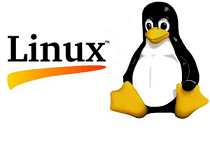
Mutt is a limited yet influential Linux-based android emulator for Unix-like software applications. It has some great qualities as a message-based email client, and some of its significant advantages require:
- Fastening Message
- Endorse of IMAP and POP3 methods
- Encompasses a range of mailbox file types, such as mbox, Maildir, MH, MMDF, etc.
- Endorse for the status of delivery
- several messages Tag
- Endorse for PMP/MIME (RFC2015)
- Various features that promote mailing ranking, such as list-reply
- Absolute control of the response message during formulation
- Easy to setup
- An effective community for advancement and many more
Check out the website: http://www.mutt.org/.
